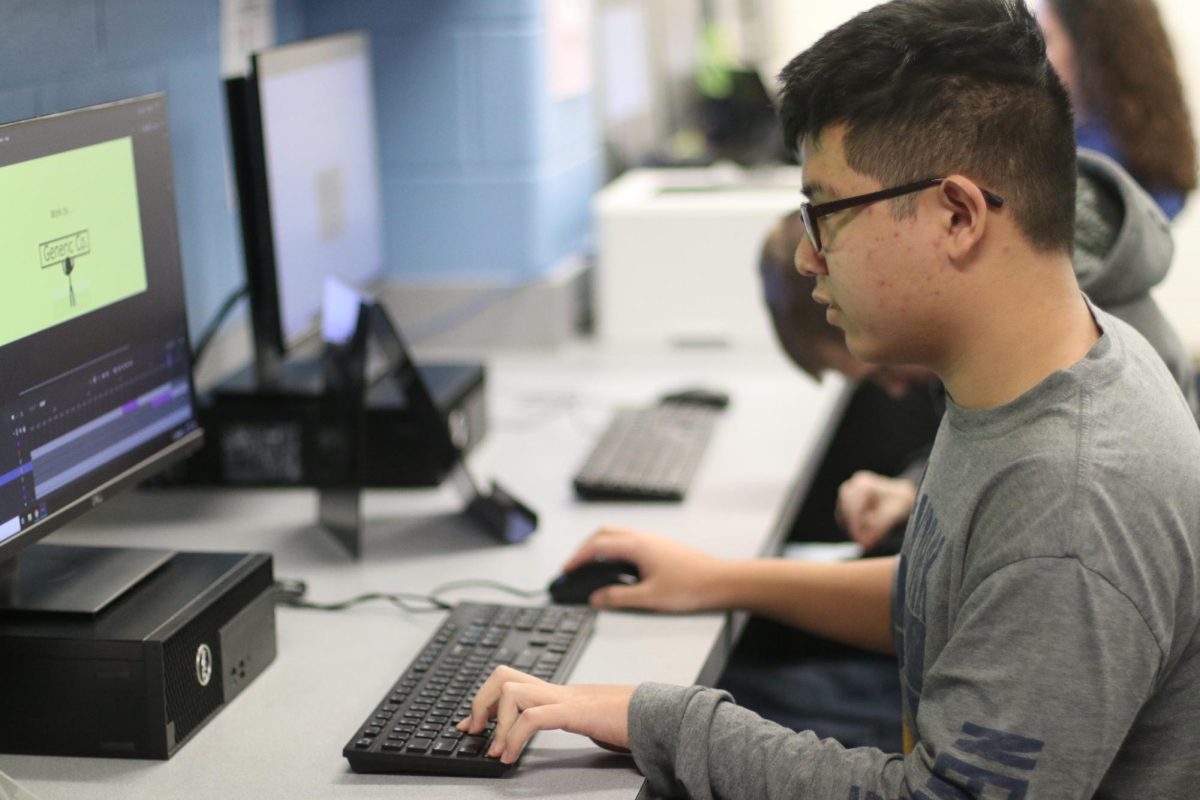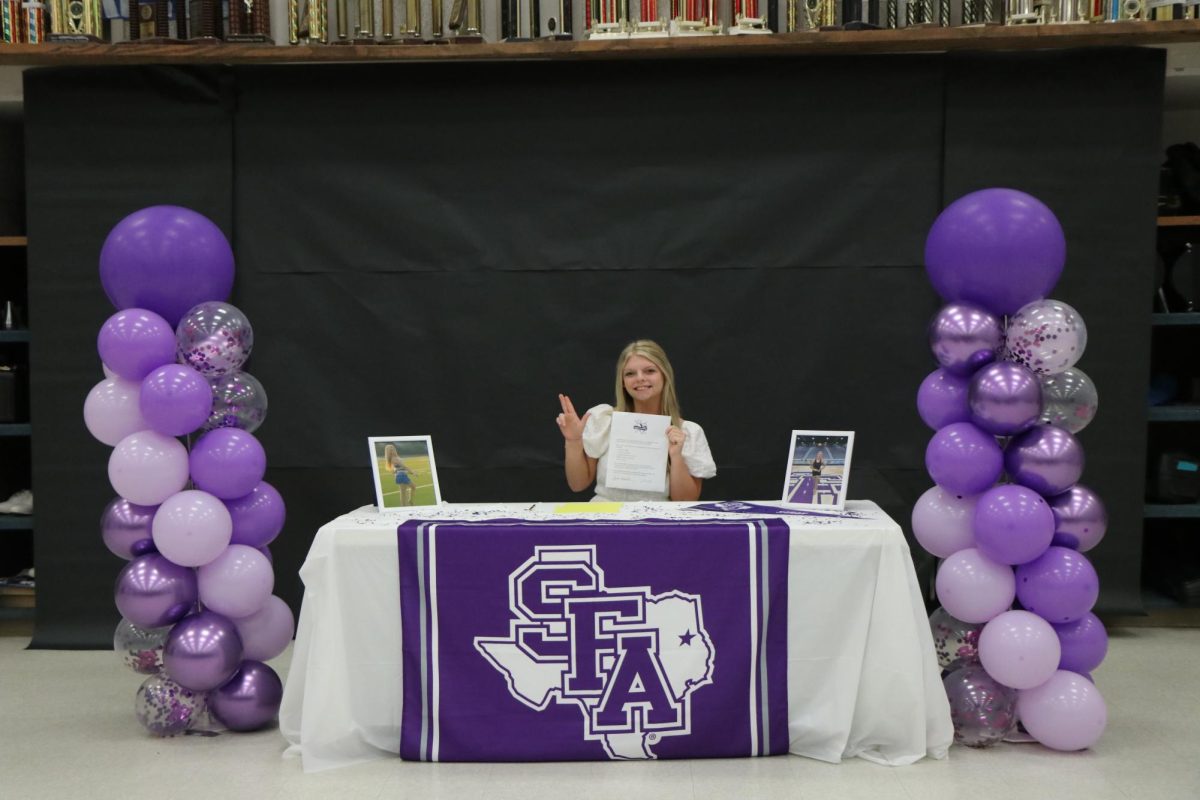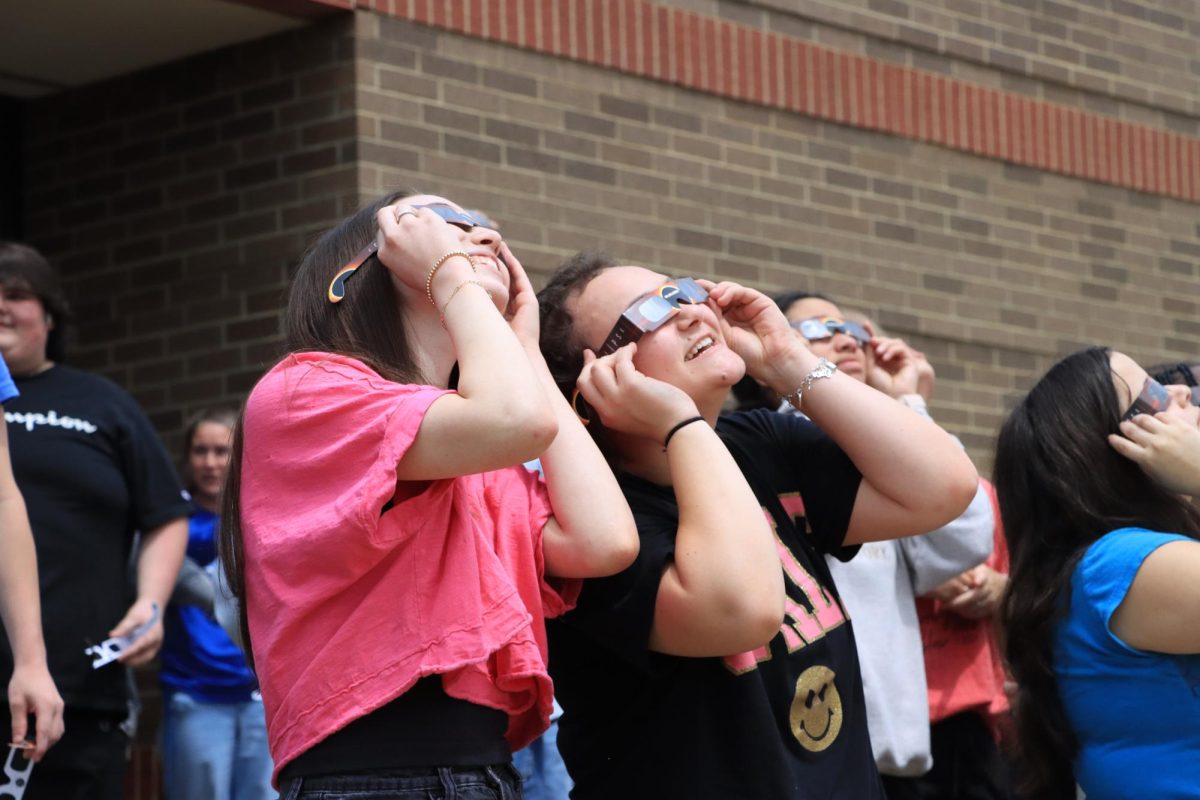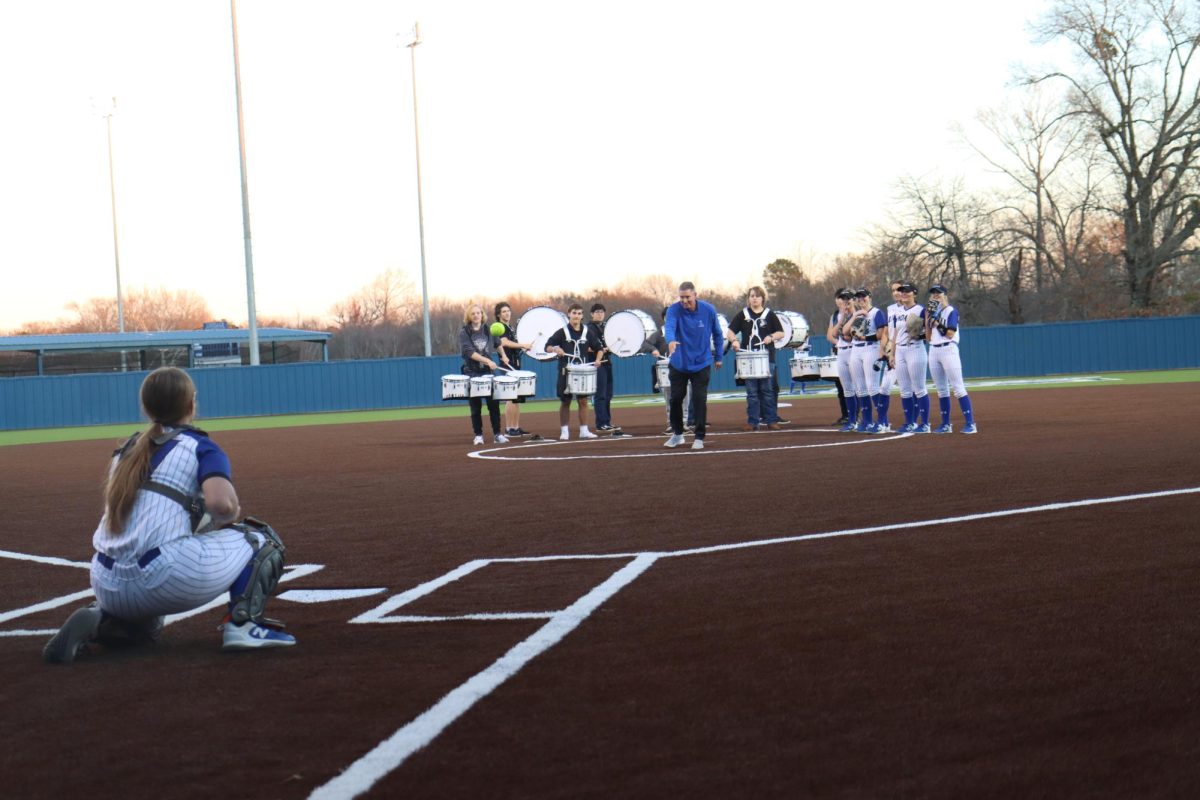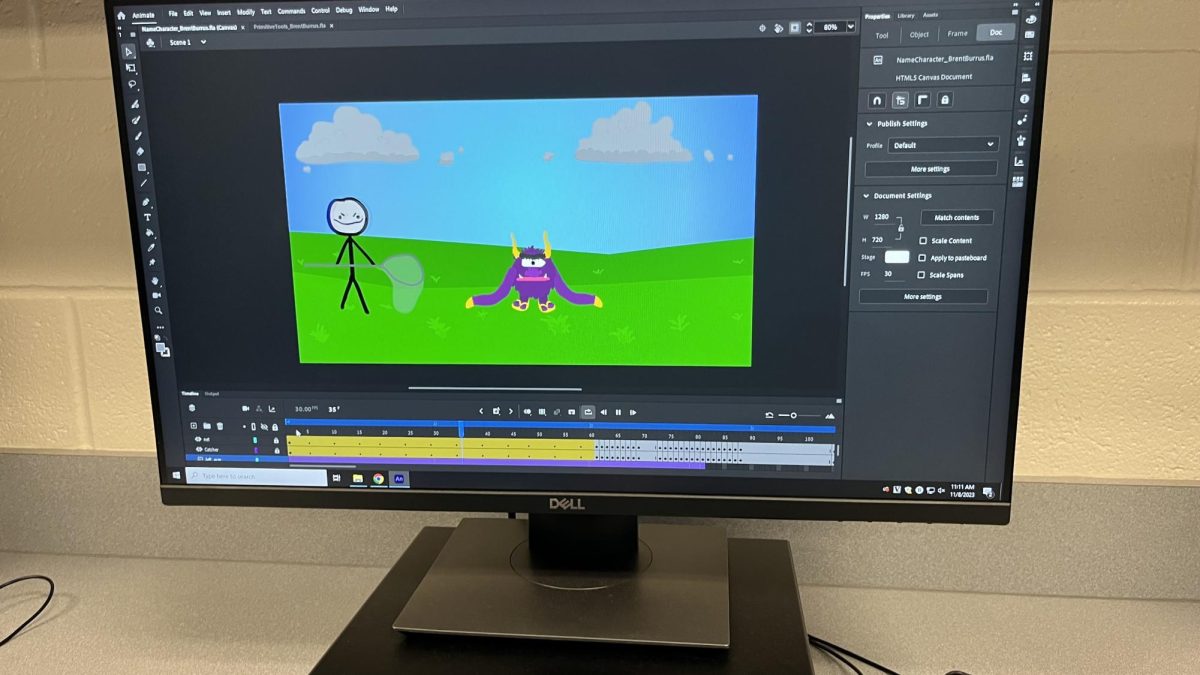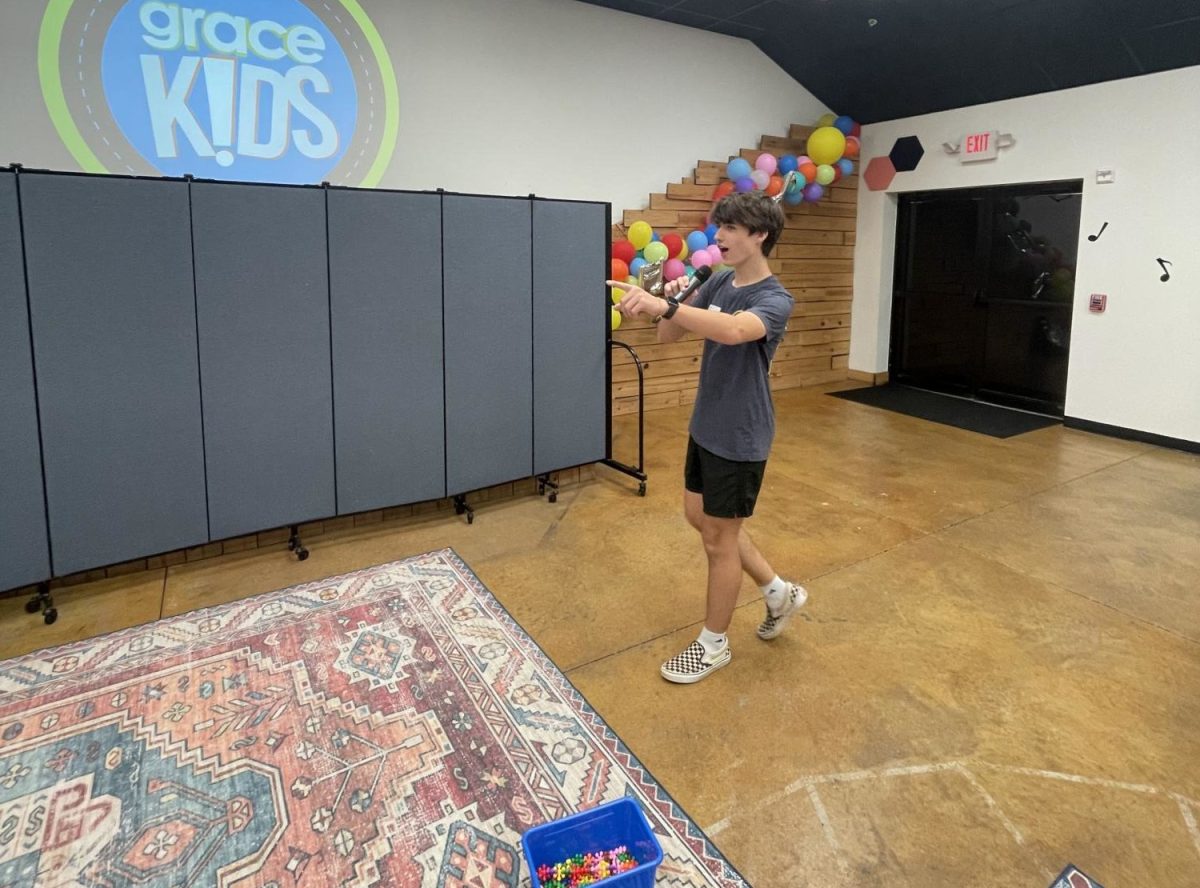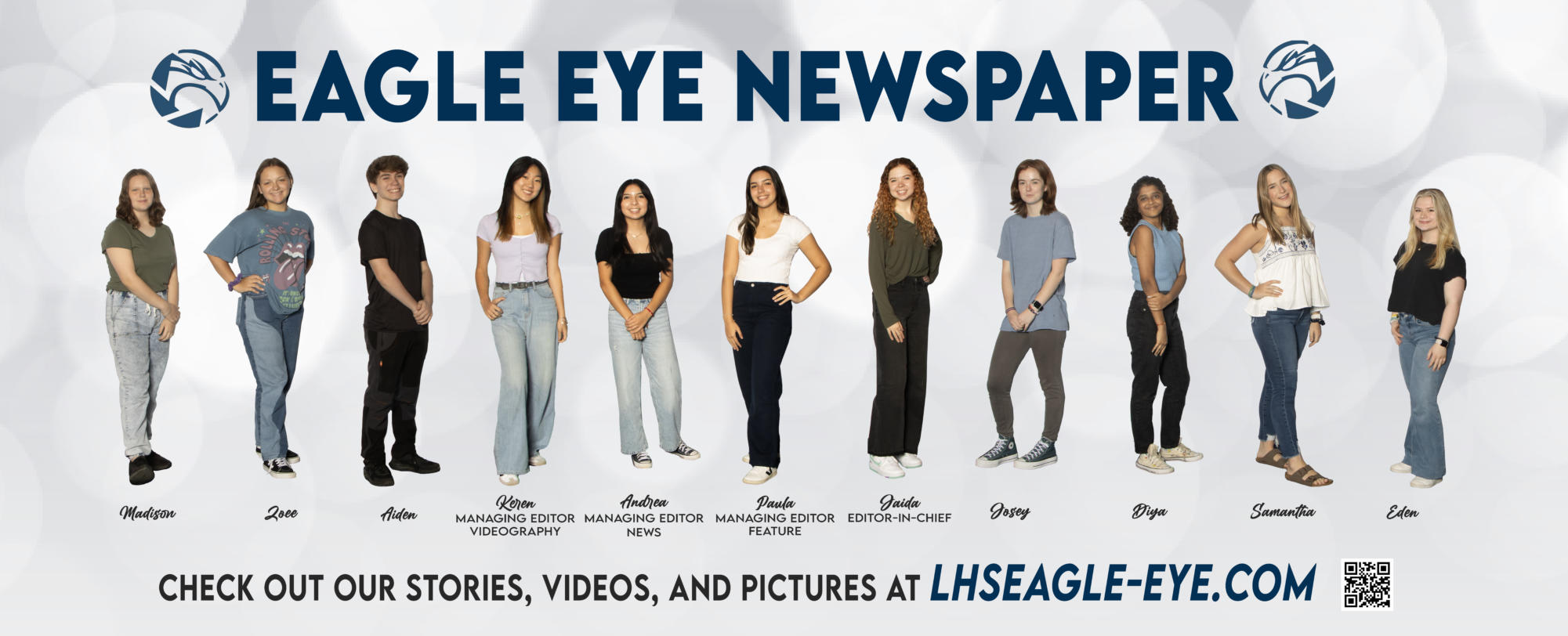Differences in education around the world are so vast that if an American student woke up in Europe or Asia, their entire day would be flipped upside down with confusion in classes.The same would be applied if a foreign student woke up in America. The primary differences between the countries include the use of electives and interactive lessons between teachers and students as well as the rigor of instruction.
“I think that [teaching methods] evolved throughout the last couple of years,” counselor David Ramsey said. “Teachers have started to incorporate more media into their teaching style so they’re getting the students up and moving them around. We are able to target all the students, and not just auditory learners.”
Throughout high schools in America, students have a choice of many electives, or optional courses of study that interest them. Students can go on to pursue this course in college or in the workforce. However, many European students do not have these options and only take academic subjects.
“I think that electives are something that motivates them to come to school to participate in football or participate in band,” Ramsey said. “That’s what drives a lot of those students who come to be a part of those programs.”
In Europe and other places around the world, at the end of compulsory education (age 16), students either enter the job market or pursue further full-time or part-time academic or pre-professional studies. This is decided by their score on the nationally standardized exit exams to be able to enter the next level of education.
“I think the students are currently tested enough as it is,” Ramsey said. “I feel that passing the classes needed is enough to move students on from one grade to the next.”
In the United States common curriculum such as math, science, and reading have different classes separated for students to have one class each year. Science, for example, is separated into biology, chemistry, and physics. However in countries such as Ukraine, students have to learn all of these at one time.
“We don’t have electives as all , and we have to study all this weird stuff like physics, biology, algebra and geometry together so we don’t have a choice,” junior Vadim Pidoshva said. “Here it’s more separate and more interesting I think.”
Although many students in the United States think that their teachers are uninteresting, students from other countries think otherwise. While transitioning to the United States, Pidoshva noticed that the teaching style here is a lot more interactive than that of teachers in Ukraine.
“I think [teachers] are more interesting and fun in the United States, but more productive in Ukraine,” Pidoshva said. “The teachers [in Ukraine] are so calm and make their subject not interesting but give us lots of knowledge about the subject. But it’s more interesting here. ”

















